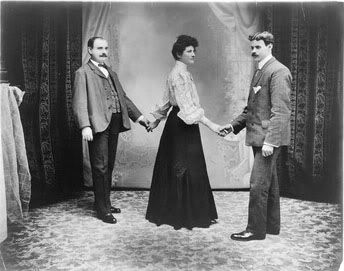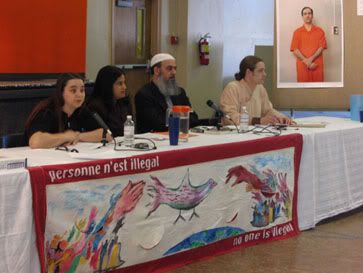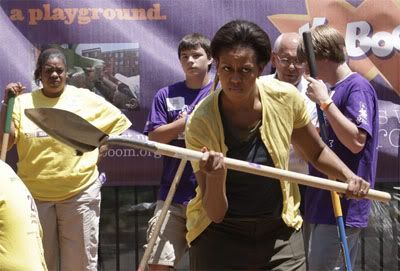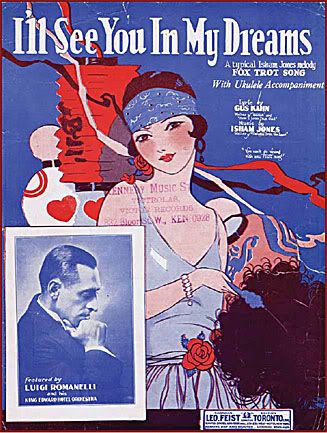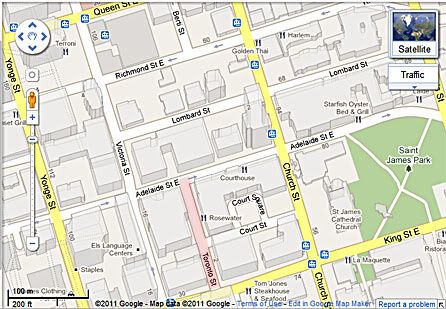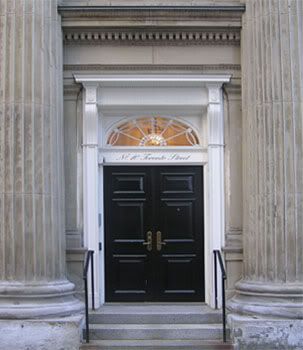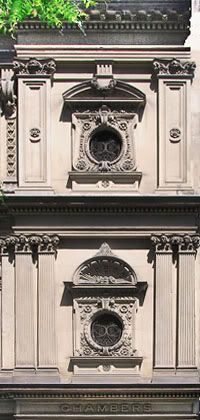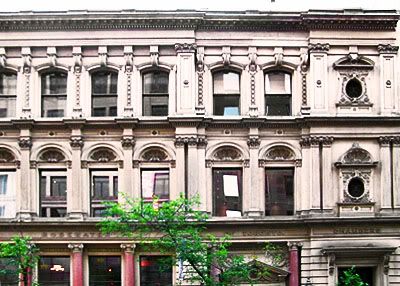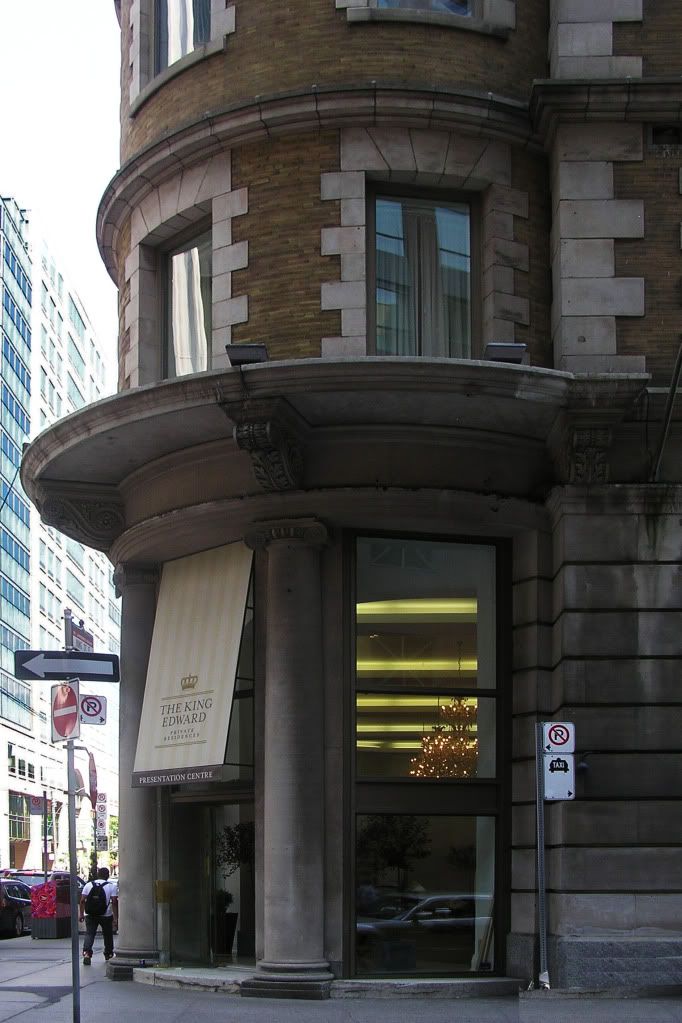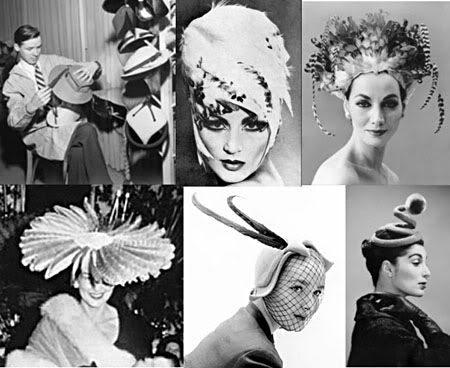Jonathan Knight (1789–1864)
Artist unidentified
Connecticut
c. 1797
Oil on paperboard, mounted on Masonite
34 x 24 in.
American Folk Art Museum, gift of Ralph Esmerian, 2005.8.1I recently sent the following email to a correspondent, with the subject line: "Young, beautiful, white boy." It was just before the
Norwegian murderer went on his rampage on the Utoye island summer camp.
----------------------------------------------------
Dear______,
I hope you don't mind me asking your opinion on this. It bothers me a lot, and I have even talked to the family concerned about it.
I live in what used to be a Victorian neighborhood, in the center of Toronto (I live in an apartment high rise, and I am glad to say it is the only one in the neighborhood). Many of the houses are being renovated, in the anticipation that the real estate value of those homes will climb up and more wealthy residents will move in to take advantage of this historically attractive location. So far, many of the houses have been converted into several sections, allowing up to four tenants (some families) to live in each house.
The neighborhood is not the greatest, but I moved here as a student at the nearby Ryerson University some ten years ago, and it is close to the downtown, to the university's facilities, has nice trees and these nice homes, etc. so I haven't moved. It is also close to some other historic landmarks like the Allan Garden Conservatory, which became one of my textile pieces a couple of years ago.
There are a few marks against the neighborhood. One is a homeless shelter on the next street over. The residents are often harmless, but some are schizophrenics (there was a time when Toronto reduced its mental health facilities, so many are left wondering the streets), and others are alcoholics, so they are
potentially dangerous. Also, I suspect that there are many refugees who are given temporary asylum there while their papers are processed. I see many able-bodied West Indians (I think Jamaicans) around. These are the real dangerous ones.
The area has also been taken over by Native American groups. One house is a job counselling center, and another is some kind of drop in center for drug and alcohol abusers.
There is a daycare center around the corner. I asked a nice-looking woman, who turned out to be Nigerian, how expensive the place is. She answered that she's there because it is subsidized.
There is a "women's" shelter down the street, which is a place where women "abused" by their husbands can go.
So, many clever minority groups have taken up this small area to open facilities for marginalized groups (funded by government monies). Some, as I said earlier, are potentially erratic and dangerous.
So, I'm not sure if this little street will ever catch on as an ideal place for the downtown minded. Cabbagetown, the area where there are superb Victorian houses, is about fifteen minutes from here, and will surely continue to be the prime attraction.
The family across the street from my building has done a great job of renovating its home. There is a lovely garden. The house is a pretty duplex, with what looks like a Chinese family living above, which seems very friendly with this family.
Their son is a rambunctious little boy (a toddler), with blond hair and blue eyes, who tears around the small garden when he gets out to play (which is about twice a day).
A few weeks ago, I went to the father while he was in the garden and told him to be careful, that such a lovely boy with such a loud voice, playing outside, is likely to attract attention. That although the neighborhood looks pretty and quiet, there are many things which might make it potentially dangerous. I asked the boy his name (he was curious and watching) and he said "_______" almost immediately. I wasn't testing him, but I later realized that he was too friendly, but that is probably normal for boys his age.
I felt sorry for the father. I couldn't offer him any solutions, but could only point out the dangers. I notice now that the little boy is playing less frequently outside, and there is always someone with him. Most of the time, though, it is the Chinese woman from upstairs. I don't understand this. This goes back to my original concern (observation) that this family doesn't really seem to be thinking about the boy, but about their "needs": to have a nice house, to have a ready baby sitter (I'm not sure if they pay the Chinese woman, but they must since she's almost always with him now). I don't run into the mother on the street, so I assume she stays home. Both the parents are overweight, the mother close to obese. The little kid so far is about average, although I'm noticing that he's growing both up and sideways these days.
As an aside, why leave the kid with this Chinese woman? I am getting more and more suspicious of the "Asian" immigrants these days. Why is she spending all this time with the boy? Even the financial pay-off cannot be that much. I know that Asians are always trying to know and learn as much about Canadian life and culture as they can (I used to teach ESL - English as a Second Language - exclusively to Chinese), and that their un-voiced goal is to find ways to compete against Canadians - whites - in jobs, homes, school admittance (they would literally memorize SAT and GRE handbooks) etc. And the women, I am sorry to say, are getting adept at catching the wayward white male, and there are many of them these days, and I'm sure these women study them (perhaps their mothers also coach them) and their behaviors, to make this easier (slam dunk, more like).
This family reminds me of the post you had about the family which moved into a dangerous neigborhood because they wanted to live in a house that they could afford. And your observation that living in a good neighborhood, perhaps in a modest apartment, would have suited them better until they could afford (or find) the nice house they so desire.
But, in the end, it is selfishness, which I think is at the core of such people, whom I will label as liberals (they cannot be anything else).
They come to a rough neighborhood not because they are going to improve it, but because they can find cheap housing.
They befriend the foreigner upstairs (the Chinese woman has a distinct Chinese accent) perhaps because they do like her, but also she seems a ready hand with house-keeping demands.
They grow flowers and tend their garden, in an attempt to make a small oasis of prettiness for themselves, although I do admit that the street generally looks pretty, but they are the only ones who have bothered with landscaping their front yard. This would be hard to do in many of the typical Toronto townhouses (which go cheaper) which have no garden areas, or in apartments even if it has a balcony.
They have a nice porch in front of their house. But there isn't much to look out to, and neighbors around here are not friendly, so there is no-one to talk to (unless, it is me :) ).
And so on.
Am I over-reacting? Is there anything positive that this family can do? Is the little boy doomed: Will he end up marrying the daughter of his Chinese neighbors? Will he ever learn to get suspicious of foreigners, and foreign and dangerous things of all kinds, when his talents - he is clearly energetic and talented - lead him to important positions in his country, and he becomes an easy target?
Part of my sadness is that this couple is using this little boy as an experiment - at multiculturalism, at living in their "house" regardless of dangers, etc. For all the adults in that house, he seems awfully neglected to me.
I cannot pinpoint the main question or point I want to ask you or make, but I am getting very cynical these days as to how our adults (leaders, parents, teachers, etc.) are running our homes, cities and countries. It looks like we've let
something out of the bag, and it is slowly and methodically intent on wreaking havoc.
I hope this wasn't too dismal a scenario. I always think the first step out of a problem is to recognize the problem.
Thanks,
Kidist

